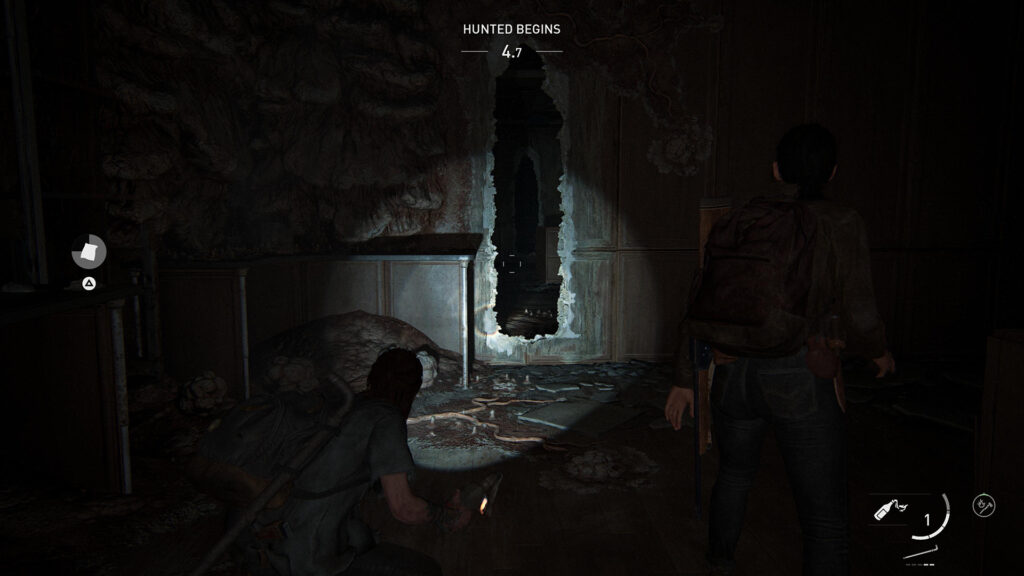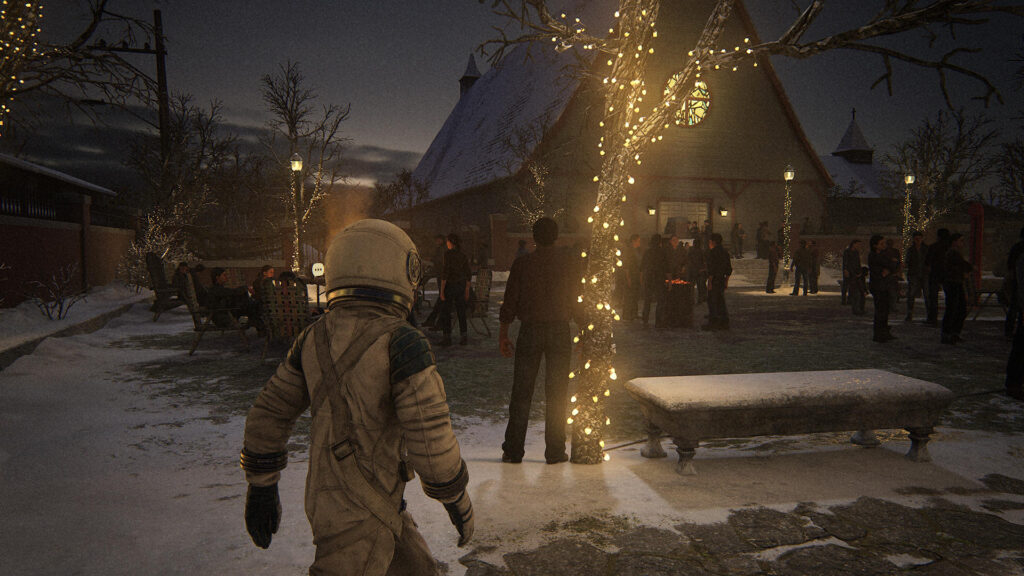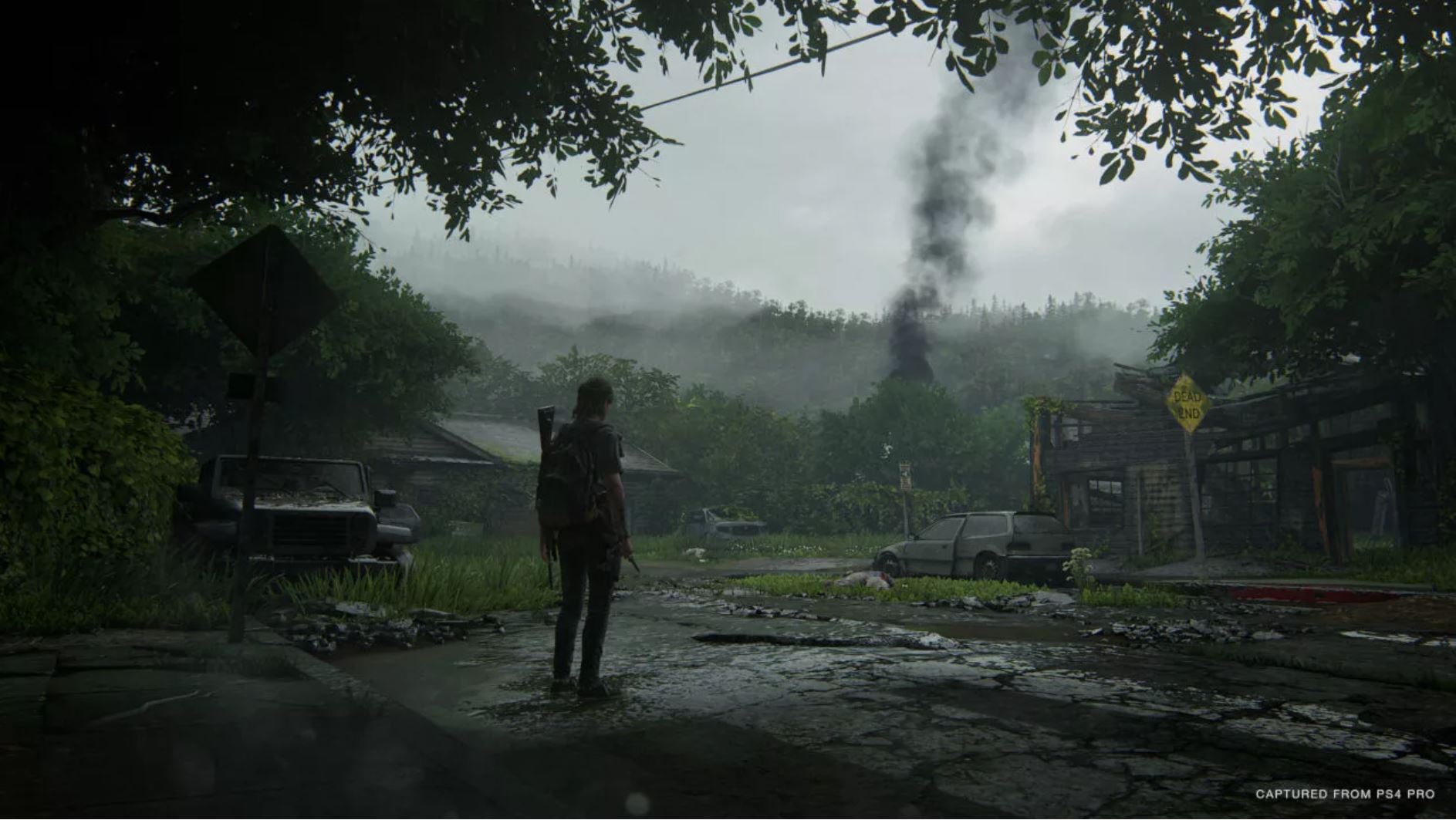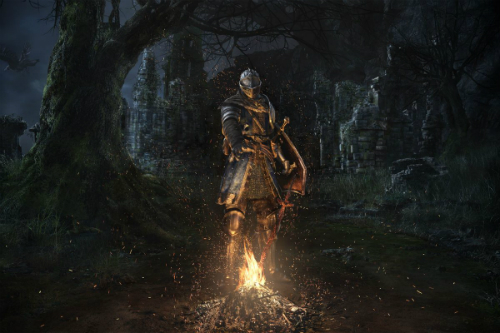
As impactful and important as The Last of Us series is, its releases can get a little hard to keep track of. First we had The Last of Us in 2013 for PlayStation 3, followed shortly by a PS4 ‘remaster’ in 2014 which sharpened visuals and collected DLC called The Last of Us Remastered, which is distinct from the complete remake of The Last of Us for PlayStation 5 released in 2022 called The Last of Us Part 1, which completely revamped the visuals for the new generation of consoles. Now, after the 2020 release of The Last of Us Part II on PS4, we’ve got The Last of Us Part II Remastered on PlayStation 5, which definitely hews closer to the remaster rather than remake category that the first game’s release pattern followed. Available as a standalone PS5 release, or an AU $20 upgrade for purchasers of the original PS4 game, The Last of Us Part II Remastered is a slick visual sharpening of the original release, along with a few bonus extras, of which your mileage may vary depending on your tastes.
You can read our full breakdown of The Last of Us Part II in our original review for PS4.
With the game itself, the visuals have never looked cleaner, especially in the new ‘Fidelity’ mode which displays gameplay in native 4K at a framerate that matches the original experience. It sharpens up the image so much, in fact, that it’s the preferred way we found to play over the ‘Performance’ mode which runs at a smoother frame rate at 1440p upscaled, with unlocked frame rates with VRR enabled as an option. Either way, while the image is sharper, and things like texture resolution and level of detail distances have been improved, fundamentally it looks quite similar to the original PS4 game, which already was an amazing visual package. The DualSense controller also has some enhanced integration, with varying tensions applied to different weapon triggers and the bow, but it’s nothing too exciting that we haven’t seen before in other PS5 games, although there are improvements in terms of accessibility, with not only descriptive audio added, but ‘speech to vibrations’ like in the Part 1 remake, which is meant to convey the cadence of speech through the DualSense’s haptics.
Beyond the PS5 enhancements, the biggest other addition here is ‘No Return’, which is a new roguelike mode that uses locations from the main game to create arenas for you to fight against waves of enemies. Starting in Jackson in every run, you can pick your next location and mission from a planning board in your hideout between every level, eventually working your way to a big boss encounter to finish the run. Mission types vary between throwing WLF forces or infected at you, and several other types therein, with some that give you a chance to recover between enemy waves and others that have them ceaselessly come for you until a time limit is over. You can upgrade abilities and weapons on the fly, depending on how many resources or supplements you can gather, and success often relies not just on your handiness with TLOU‘s stealth gameplay but also your ability to run and gun and make quick decisions when situations go wrong, as when you die the run is over and you have to start all over again. Rewards are gained through completing runs and completing ‘challenges’, with modifiers depending on the difficulty you set a run at, allowing you to unlock all the main characters from TLOUII as playable, and not just Abby and Ellie, alongside new skins and other enhancements. Your enjoyment of this mode will largely depend on how much you enjoy roguelikes, as it’s the exact opposite of the heavily story-structured main mode. However, a lot of the elements of the main story remain, like the enemies’ intelligence and the great voicework that goes on between them, as you can hear them verbalise your position with great accuracy and communicate to their comrades, giving you the chance to overhear their next move – it’s still very immersive.
There’s also a selection of other inclusions, such as the much-promoted ‘Guitar Free’ mode, which lets you play the guitar using the same controls seen in the main game, albeit with no time limit and with some extra instruments to unlock after progressing through the game. More interestingly, there’s new developer commentary included throughout the entire game as an option, and the inclusion of several ‘lost levels’ (Sewers, Boar Hunt, Jackson Party), which didn’t make the final cut of the game. These lost levels are presented in the incomplete state they were in before they were cut, so are not as fleshed out, finished or lengthy as you might have hoped, but are still an interesting inclusion and peek into the behind the scenes process of developing games. A speedrun mode is also available for those looking to do multiple playthroughs, and some new options have been added to the Photo Mode, including dynamic lighting.
That’s basically your lot with The Last of Us Part II Remastered – it’s less of a huge visual upgrade like The Last of Us Part I was, and more of the original game running on much better hardware, able to take advantage of all the improvements. The real meat to the game comes in the form of the No Return roguelike mode, which is fun and a decent substitute in lieu of the cancelled standalone multiplayer game (you can feel echoes of what that might have been in this mode), and some of the behind the scenes material, so whether you want to upgrade or not will come down to how much you think you’ll play through these new elements. For newcomers, The Last of Us Part II Remastered is the definitive way to play the game, with its visual polish and inclusions, and The Last of Us Part II remains a riveting, and dark, ride through the fungus-grown post-apocalypse.
This review is based on code provided by PlayStation Australia.
-No Escape roguelike mode benefits from The Last of Us Part II's polished gameplay -Visuals look sharper than ever in Fidelity mode
-Not a massive upgrade in any big respect over the original release









